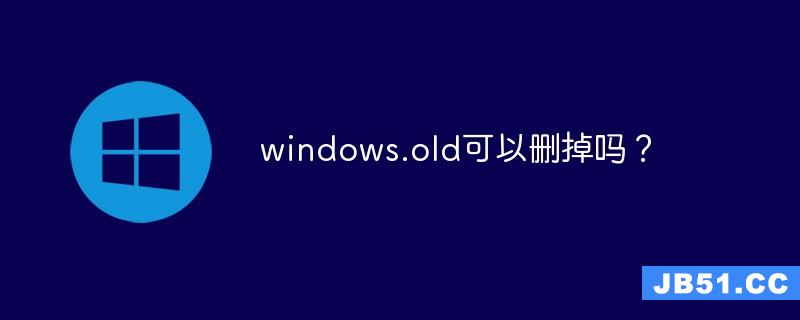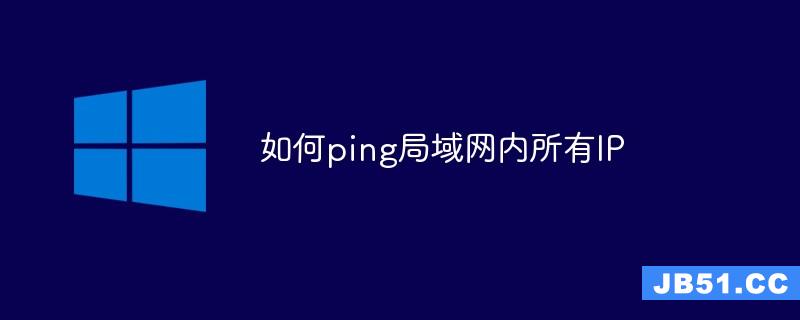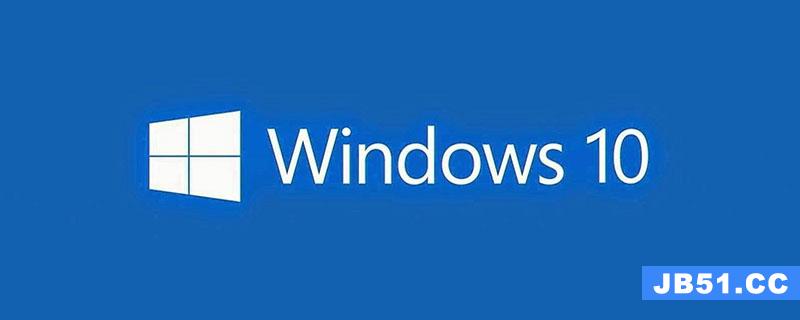我看到有效的日期等,但我正在寻找它实际安装的日期.谢谢.
证书存储在注册表中的以下两个位置,最终键值与证书指纹打印相同.因此,为您提供指纹值,您可以查询正确的regkey
[HKLM\SOFTWARE\Microsoft\SystemCertificates\] [HKCU\Software\Microsoft\SystemCertificates\]
使用此处的PowerShell函数Get-RegistryKeyLastWriteTime,您可以查询注册表项以查找上次写入时间.
下面的PowerShell函数的完整代码,以防链接死亡(这不是我的工作)
Function Get-RegistryKeyTimestamp {
<#
.SYnopSIS
Retrieves the registry key timestamp from a local or remote system.
.DESCRIPTION
Retrieves the registry key timestamp from a local or remote system.
.ParaMETER RegistryKey
Registry key object that can be passed into function.
.ParaMETER SubKey
The subkey path to view timestamp.
.ParaMETER RegistryHive
The registry hive that you will connect to.
Accepted Values:
ClassesRoot
CurrentUser
LocalMachine
Users
PerformanceData
CurrentConfig
DynData
.NOTES
Name: Get-RegistryKeyTimestamp
Author: Boe Prox
Version History:
1.0 -- Boe Prox 17 Dec 2014
-Initial Build
.EXAMPLE
$RegistryKey = Get-Item "HKLM:\System\CurrentControlSet\Control\Lsa"
$RegistryKey | Get-RegistryKeyTimestamp | Format-List
FullName : HKEY_LOCAL_MACHINE\System\CurrentControlSet\Control\Lsa
Name : Lsa
LastWriteTime : 12/16/2014 10:16:35 PM
Description
-----------
displays the lastwritetime timestamp for the Lsa registry key.
.EXAMPLE
Get-RegistryKeyTimestamp -Computername Server1 -RegistryHive LocalMachine -SubKey 'System\CurrentControlSet\Control\Lsa' |
Format-List
FullName : HKEY_LOCAL_MACHINE\System\CurrentControlSet\Control\Lsa
Name : Lsa
LastWriteTime : 12/17/2014 6:46:08 AM
Description
-----------
displays the lastwritetime timestamp for the Lsa registry key of the remote system.
.INPUTS
System.String
Microsoft.Win32.RegistryKey
.OUTPUTS
Microsoft.Registry.Timestamp
#>
[OutputType('Microsoft.Registry.Timestamp')]
[cmdletbinding(
DefaultParameterSetName = 'ByValue'
)]
Param (
[parameter(ValueFromPipeline=$True,ParameterSetName='ByValue')]
[Microsoft.Win32.RegistryKey]$RegistryKey,[parameter(ParameterSetName='ByPath')]
[string]$SubKey,[parameter(ParameterSetName='ByPath')]
[Microsoft.Win32.RegistryHive]$RegistryHive,[parameter(ParameterSetName='ByPath')]
[string]$Computername
)
Begin {
#region Create Win32 API Object
Try {
[void][advapi32]
} Catch {
#region Module Builder
$Domain = [AppDomain]::CurrentDomain
$DynAssembly = New-Object System.Reflection.AssemblyName('RegAssembly')
$AssemblyBuilder = $Domain.DefineDynamicAssembly($DynAssembly,[System.Reflection.Emit.AssemblyBuilderAccess]::Run) # Only run in memory
$ModuleBuilder = $AssemblyBuilder.DefineDynamicModule('RegistryTimeStampModule',$False)
#endregion Module Builder
#region DllImport
$TypeBuilder = $ModuleBuilder.DefineType('advapi32','Public,Class')
#region RegQueryInfoKey Method
$PInvokeMethod = $TypeBuilder.DefineMethod(
'RegQueryInfoKey',#Method Name
[Reflection.MethodAttributes] 'PrivateScope,Public,Static,HideBySig,PinvokeImpl',#Method Attributes
[IntPtr],#Method Return Type
[Type[]] @(
[Microsoft.Win32.SafeHandles.SafeRegistryHandle],#Registry Handle
[System.Text.StringBuilder],#Class Name
[UInt32 ].MakeByRefType(),#Class Length
[UInt32],#Reserved
[UInt32 ].MakeByRefType(),#Subkey Count
[UInt32 ].MakeByRefType(),#Max Subkey Name Length
[UInt32 ].MakeByRefType(),#Max Class Length
[UInt32 ].MakeByRefType(),#Value Count
[UInt32 ].MakeByRefType(),#Max Value Name Length
[UInt32 ].MakeByRefType(),#Security Descriptor Size
[long].MakeByRefType() #LastWriteTime
) #Method Parameters
)
$DllImportConstructor = [Runtime.InteropServices.DllImportAttribute].GetConstructor(@([String]))
$FieldArray = [Reflection.FieldInfo[]] @(
[Runtime.InteropServices.DllImportAttribute].GetField('EntryPoint'),[Runtime.InteropServices.DllImportAttribute].GetField('SetLastError')
)
$FieldValueArray = [Object[]] @(
'RegQueryInfoKey',#CASE SENSITIVE!!
$True
)
$SetLastErrorCustomAttribute = New-Object Reflection.Emit.CustomAttributeBuilder(
$DllImportConstructor,@('advapi32.dll'),$FieldArray,$FieldValueArray
)
$PInvokeMethod.SetCustomAttribute($SetLastErrorCustomAttribute)
#endregion RegQueryInfoKey Method
[void]$TypeBuilder.CreateType()
#endregion DllImport
}
#endregion Create Win32 API object
}
Process {
#region Constant Variables
$ClassLength = 255
[long]$TimeStamp = $null
#endregion Constant Variables
#region Registry Key Data
If ($PSCmdlet.ParameterSetName -eq 'ByPath') {
#Get registry key data
$RegistryKey = [Microsoft.Win32.RegistryKey]::OpenRemoteBaseKey($RegistryHive,$Computername).OpenSubKey($SubKey)
If ($RegistryKey -isnot [Microsoft.Win32.RegistryKey]) {
Throw "Cannot open or locate $SubKey on $Computername"
}
}
$ClassName = New-Object System.Text.StringBuilder $RegistryKey.Name
$RegistryHandle = $RegistryKey.Handle
#endregion Registry Key Data
#region Retrieve timestamp
$Return = [advapi32]::RegQueryInfoKey(
$RegistryHandle,$ClassName,[ref]$ClassLength,$Null,[ref]$Null,[ref]$TimeStamp
)
Switch ($Return) {
0 {
#Convert High/Low date to DateTime Object
$LastWriteTime = [datetime]::FromFileTime($TimeStamp)
#Return object
$Object = [pscustomobject]@{
FullName = $RegistryKey.Name
Name = $RegistryKey.Name -replace '.*\\(.*)','$1'
LastWriteTime = $LastWriteTime
}
$Object.pstypenames.insert(0,'Microsoft.Registry.Timestamp')
$Object
}
122 {
Throw "ERROR_INSUFFICIENT_BUFFER (0x7a)"
}
Default {
Throw "Error ($return) occurred"
}
}
#endregion Retrieve timestamp
}
}
用法:
$RegistryKey = Get-Item "HKLM:<key name>" $RegistryKey | Get-RegistryKeyTimestamp | Format-List
版权声明:本文内容由互联网用户自发贡献,该文观点与技术仅代表作者本人。本站仅提供信息存储空间服务,不拥有所有权,不承担相关法律责任。如发现本站有涉嫌侵权/违法违规的内容, 请发送邮件至 dio@foxmail.com 举报,一经查实,本站将立刻删除。
















